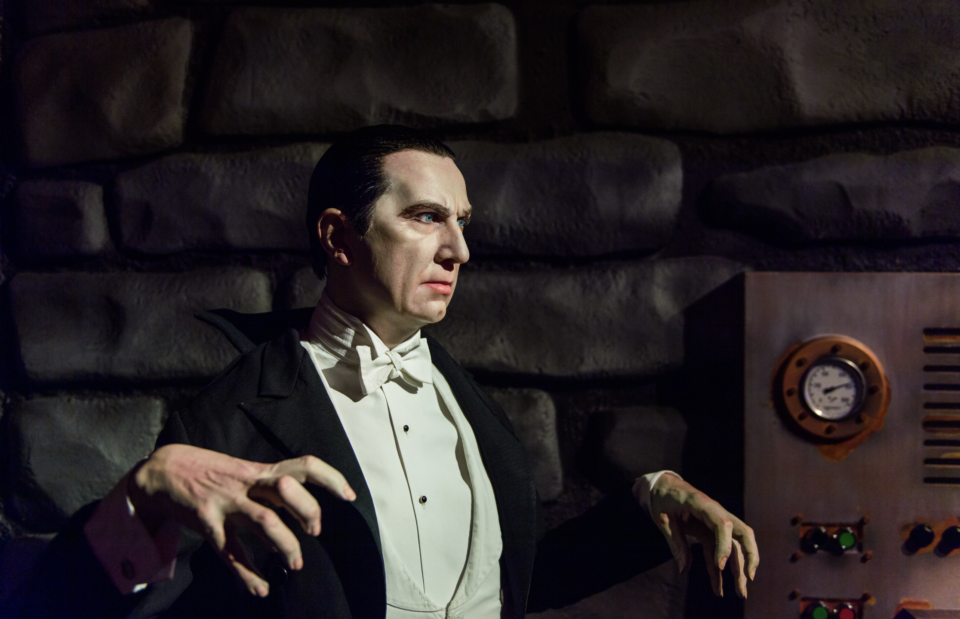The Covid-19 pandemic has not only exposed us to a novel virus but also to a resurgence of old fears and conspiracy theories. One such theory, which claimed that the Covid vaccine could turn people into vampiric creatures, notably gained traction on social media. This bizarre disinformation is a contemporary twist on the ancient association between vampires and disease, reflecting humanity’s tendency to seek supernatural explanations when science falls short.
The link between vampires and disease can be traced back to the folklore of 11th- and 12th-century Europe. In those times, outbreaks of diseases like tuberculosis and rabies were attributed in part to vampires. These early vampires were far from the suave, aristocratic figures we know today; they had traits more akin to zombies, with bloody mouths, bloated stomachs, and foul breath. Ignorance about microscopic viruses and their transmission, coupled with a lack of scientific knowledge, left people grasping for magical and religious explanations, making the vampire a fitting scapegoat.
In the 19th century, as vaccines began to emerge, they stirred controversy. Compulsory vaccination laws in England led to a backlash, with vaccines becoming a metaphor for bodily violation. Vampires, with their fangs symbolizing surgical instruments, were featured in pamphlets spreading fears of “degradation and extinction.” The vampire became a representation of the fears surrounding medical interventions.
When Bram Stoker wrote “Dracula” in 1897, he drew on these fears, turning the vampire into a symbol of repressed desires. Stoker’s Count Dracula, far from being a handsome figure, had hairy palms and sharp teeth, embodying primal urges. Over the years, vampires evolved from monstrous figures to romantic outsiders and even heroes, symbolizing societal concerns of their respective eras.
In contemporary vampire stories, like Amazon’s “Black as Night,” the creatures are used as metaphors for pressing issues, such as racial inequality. As the genre continues to evolve, reflecting modern anxieties, vampires may undergo yet more transformations. The Covid-19 pandemic, with its focus on contagion, could usher in a new era of vampire tales centered on fear of epidemics and infection. As societal fears shift, so too will the vampire’s role in our nightmares, adapting to reflect the terrors of our time.

